Species Photo Gallery for Cyrtolobus vau No Common Name 56 |
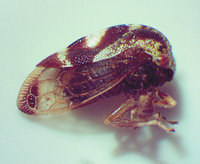 | Photo by: Ken Kneidel
Yancey Co.
Comment: 6 mm, several came to a UV light and sheet in a forested/open residential setting | 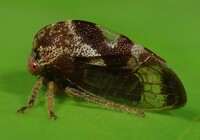 | Photo by: Rob Van Epps
Mecklenburg Co.
Comment: |
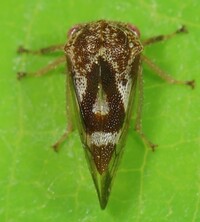 | Photo by: Rob Van Epps
Mecklenburg Co.
Comment: | 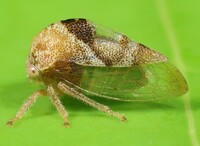 | Photo by: Rob Van Epps
Mecklenburg Co.
Comment: |
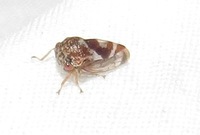 | Photo by: B. Bockhahn
Surry Co.
Comment: PIMO | 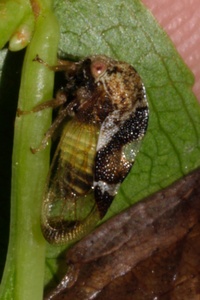 | Photo by: Scott Bolick
Alleghany Co.
Comment: |
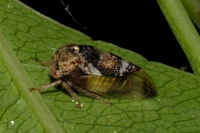 | Photo by: Scott Bolick
Alleghany Co.
Comment: | 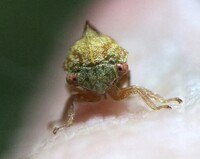 | Photo by: Ted Wilcox
Watauga Co.
Comment: unid_treehopper |
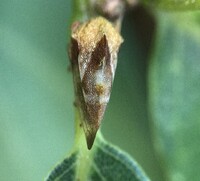 | Photo by: Ted Wilcox
Watauga Co.
Comment: unid_treehopper | 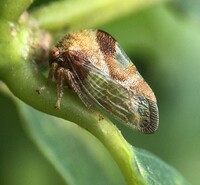 | Photo by: Ted Wilcox
Watauga Co.
Comment: unid_treehopper |
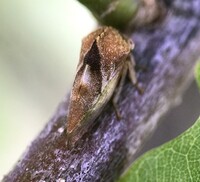 | Photo by: Ted Wilcox
Watauga Co.
Comment: unid_treehopper | 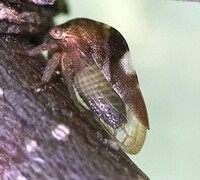 | Photo by: Ted Wilcox
Watauga Co.
Comment: unid_treehopper |
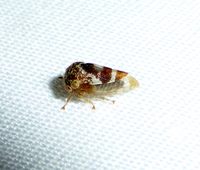 | Photo by: B.Bockhahn, F.Williams
Gates Co.
Comment: MEMI | 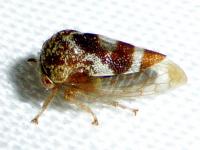 | Photo by: B.Bockhahn, F.Williams
Gates Co.
Comment: MEMI - VC |
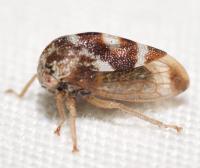 | Photo by: Kyle Kittelberger
Wake Co.
Comment: male, mm | 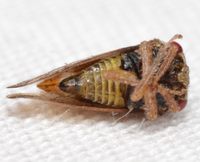 | Photo by: Kyle Kittelberger
Wake Co.
Comment: male, 5.2 mm |
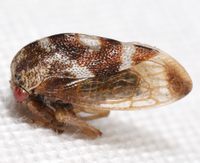 | Photo by: Kyle Kittelberger
Wake Co.
Comment: male, 5.2 mm | 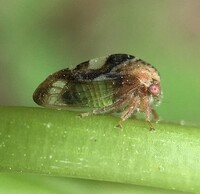 | Photo by: Ted Wilcox
Watauga Co.
Comment: unid_treehopper |
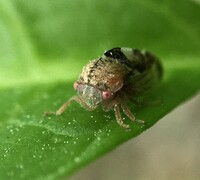 | Photo by: Ted Wilcox
Watauga Co.
Comment: unid_treehopper | 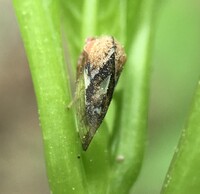 | Photo by: Ted Wilcox
Watauga Co.
Comment: unid_treehopper |
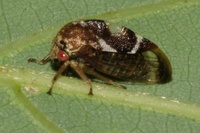 | Photo by: Scott Bolick
Alleghany Co.
Comment: | 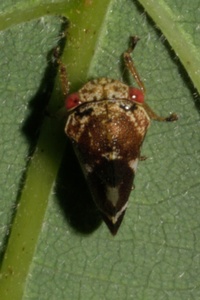 | Photo by: Scott Bolick
Alleghany Co.
Comment: |
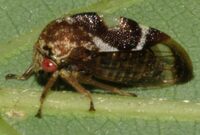 | Photo by: Scott Bolick
Alleghany Co.
Comment: | 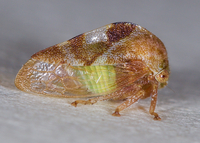 | Photo by: Jim Petranka
Madison Co.
Comment: |
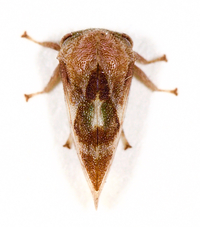 | Photo by: Jim Petranka
Madison Co.
Comment: | 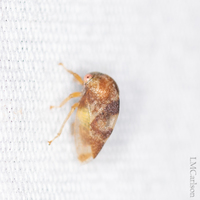 | Photo by: Lior Carlson
Orange Co.
Comment: |
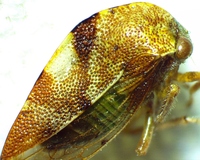 | Photo by: Ken Kneidel
Yancey Co.
Comment: 5.7 mm female came to UV light at night, forest edge | 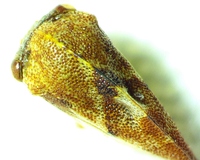 | Photo by: Ken Kneidel
Yancey Co.
Comment: 5.7 mm female came to UV light at night, forest edge |
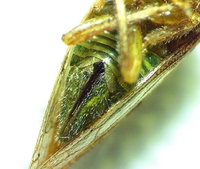 | Photo by: Ken Kneidel
Yancey Co.
Comment: 5.7 mm female came to UV light at night, forest edge | 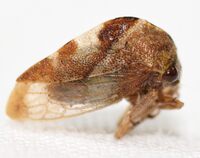 | Photo by: Kyle Kittelberger, Brian Bockhahn
Polk Co.
Comment: female |
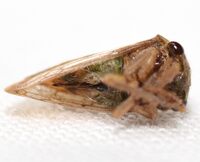 | Photo by: Kyle Kittelberger, Brian Bockhahn
Polk Co.
Comment: female | 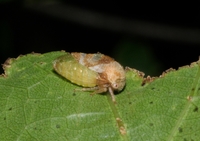 | Photo by: Scott Bolick
Guilford Co.
Comment: |
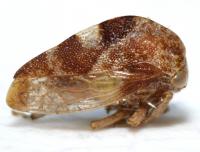 | Photo by: Bo Sullivan
Carteret Co.
Comment: female 5.4 mm, photographed by K. Kittelberger; collected at UV trap | 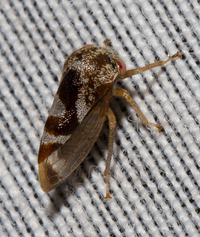 | Photo by: Steve Hall
Orange Co.
Comment: on moth sheet |
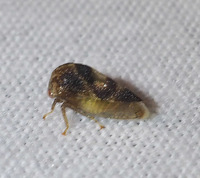 | Photo by: Randy Emmitt
Orange Co.
Comment: kept landing on my arm, camera and phone. UV lights | 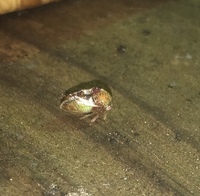 | Photo by: Randy L Emmitt
Orange Co.
Comment: unid_treehopper |
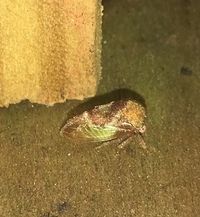 | Photo by: Randy L Emmitt
Orange Co.
Comment: unid_treehopper | 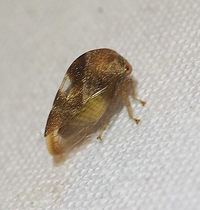 | Photo by: Randy L Emmitt
Orange Co.
Comment: UV light |
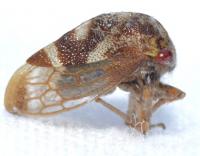 | Photo by: Kyle Kittelberger
Gates Co.
Comment: collected by B. Bockhahn; males | 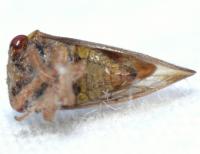 | Photo by: Kyle Kittelberger
Gates Co.
Comment: collected by B. Bockhahn; males |
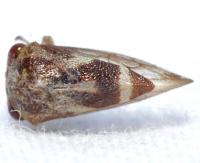 | Photo by: Kyle Kittelberger
Gates Co.
Comment: collected by B. Bockhahn; males | 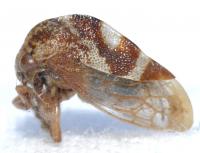 | Photo by: Kyle Kittelberger
Gates Co.
Comment: collected by B. Bockhahn; males |
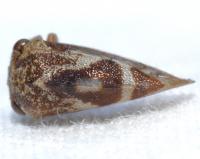 | Photo by: Kyle Kittelberger
Gates Co.
Comment: collected by B. Bockhahn; males | 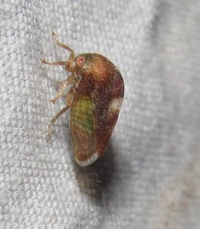 | Photo by: B. Bockhahn
Stokes Co.
Comment: |
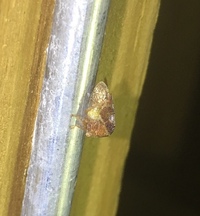 | Photo by: Randy L Emmitt
Orange Co.
Comment: i hope this is the right ID? | 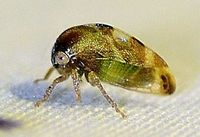 | Photo by: Paul Scharf, Brian Bockhahn
Durham Co.
Comment: Female, Attracted to UV Light |
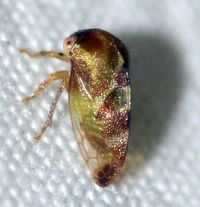 | Photo by: Paul Scharf, Brian Bockhahn
Durham Co.
Comment: Female, Attracted to UV Light | 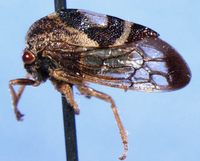 | Photo by: Matthew S. Wallace
Out Of State Co.
Comment: male |
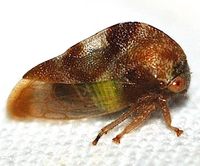 | Photo by: Paul Scharf
Warren Co.
Comment: Female, Attracted to Black Light | 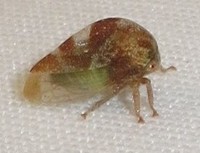 | Photo by: Brian Bockhahn
Gates Co.
Comment: |
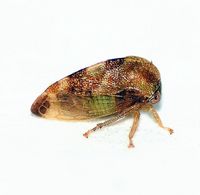 | Photo by: Paul Scharf
Warren Co.
Comment: Female, Attracted to light | 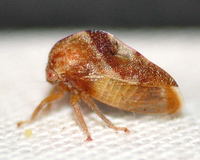 | Photo by: Kyle Kittelberger, Brian Bockhahn, Paul Scharf
Surry Co.
Comment: grassy, brushy habitat near forest edge & forest |
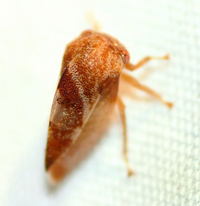 | Photo by: Kyle Kittelberger, Brian Bockhahn, Paul Scharf
Surry Co.
Comment: grassy, brushy habitat near forest edge & forest | 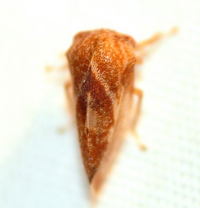 | Photo by: Kyle Kittelberger, Brian Bockhahn, Paul Scharf
Surry Co.
Comment: grassy, brushy habitat near forest edge & forest |
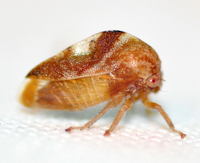 | Photo by: Kyle Kittelberger, Brian Bockhahn, Paul Scharf
Surry Co.
Comment: grassy, brushy habitat near forest edge & forest | 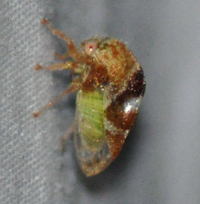 | Photo by: Kyle Kittelberger
Wake Co.
Comment: mixed hardwood habitat; a very common white oak group specialist. Female |
|

 »
»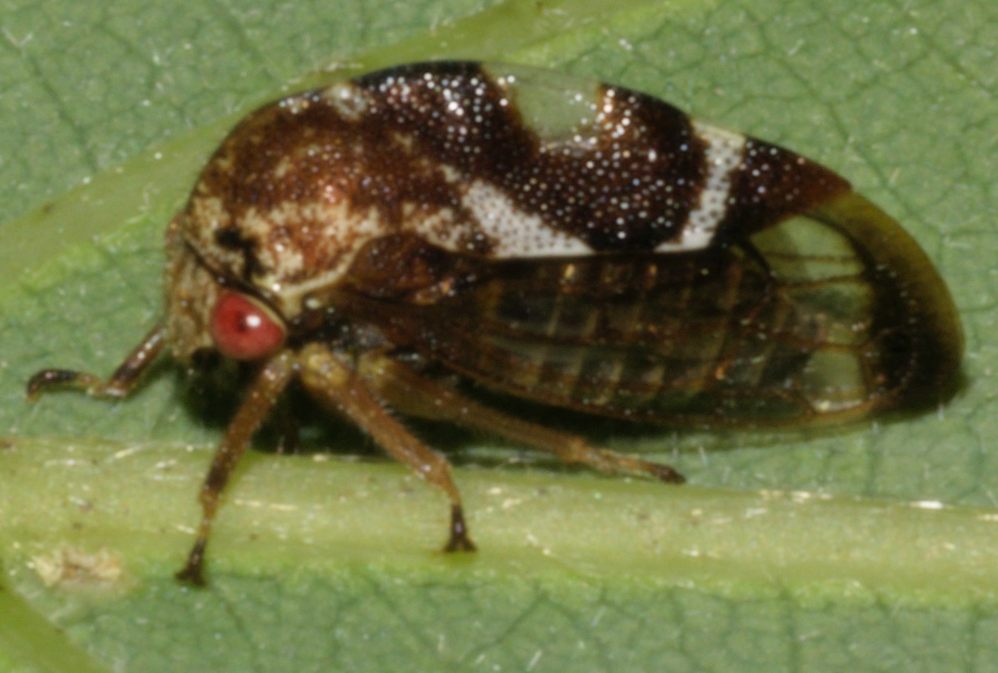
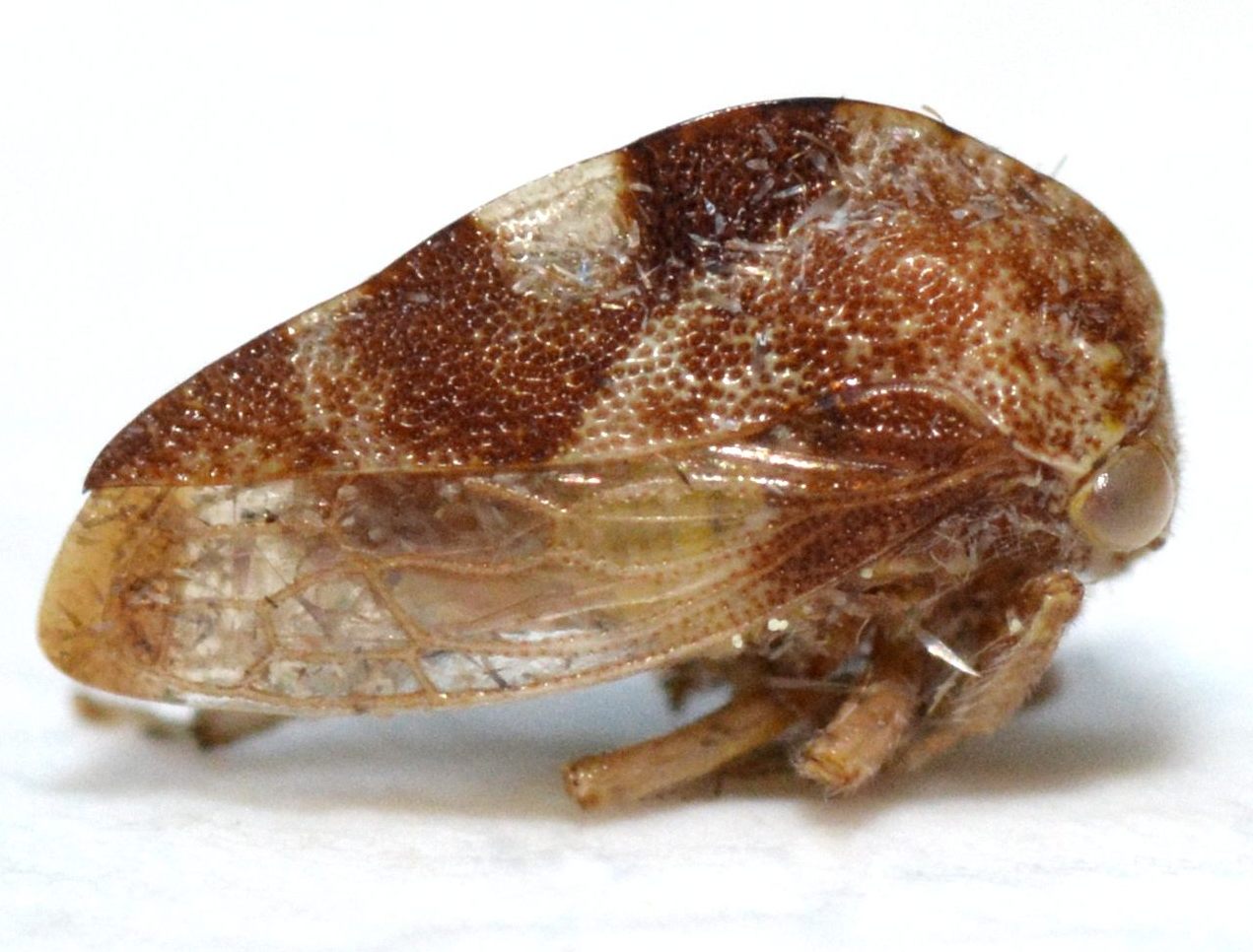
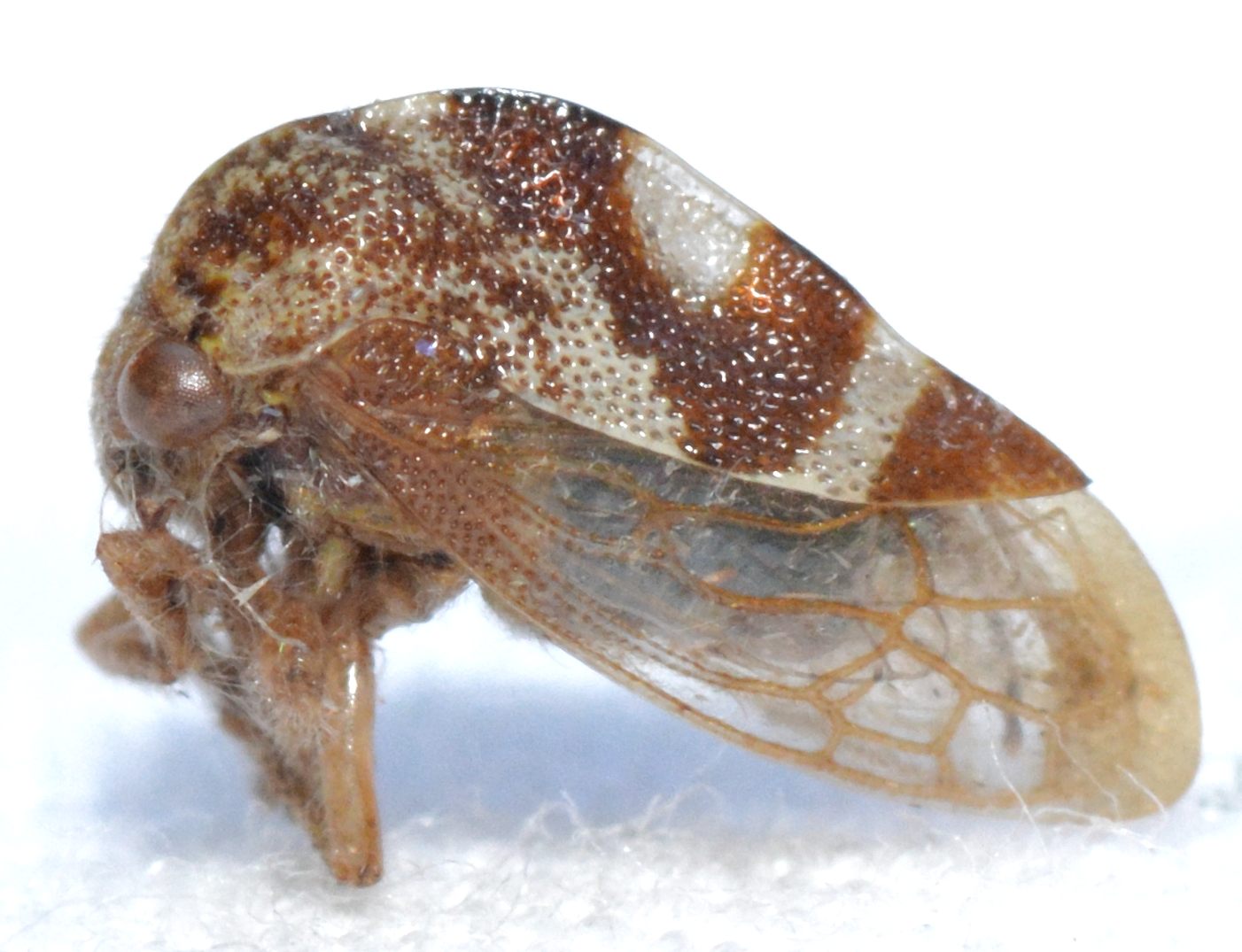

 »
»

